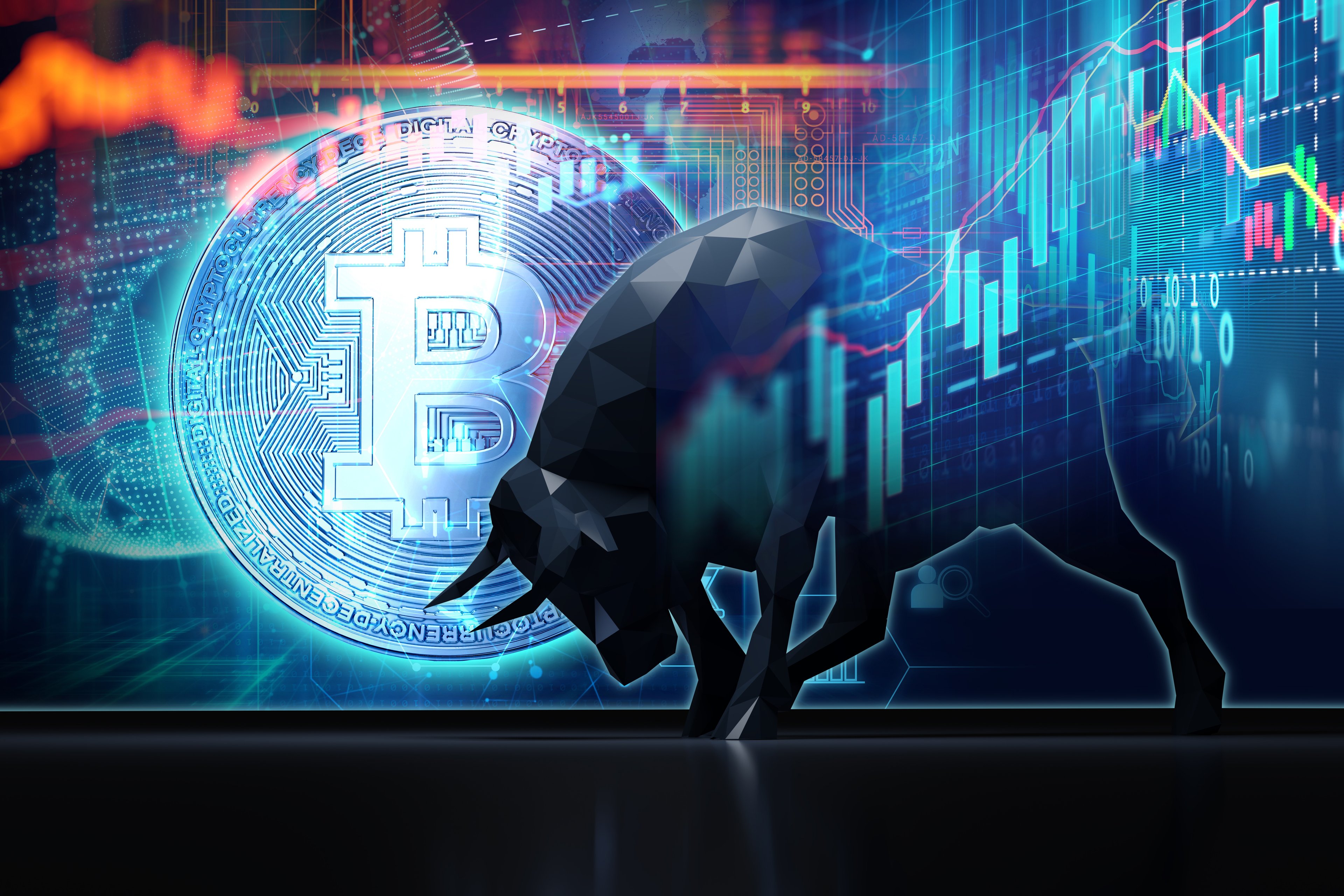It's August 27 as I write this, and XRP (XRP 1.45%) is down 15% from July's multi-year highs today. Many of the dark clouds that weighed on XRP in recent years have gone away, but what's next for the core token of the RippleNet international payment platform?
Let's take a look.

CRYPTO: XRP
Key Data Points
A long and winding road (right through the courthouse)
Once upon a time, XRP (also known as Ripple) was nothing more than an international payment tool.
The RippleNet service had a global network of local bank partnerships and strict observation of border-crossing money transfer regulations. On this platform, it was easy and transparent to send money from one country to another, automatically converting between different fiat currencies. Traditional money-sending options such as the SWIFT financial messaging system and Moneygram were often slow and expensive, leaving a huge window of opportunity for RippleNet's quicker and cheaper alternative.
But Ripple and XRP faced some unique headwinds, too.
- The XRP cryptocurrency was launched in 2012, when cryptocurrencies were few and far between. Lacking a clear regulatory framework, the Ripple team arguably launched their cryptocurrency improperly.
- As a result, the U.S. Securities and Exchange Commission (SEC) sued Ripple and its backers in 2020. As long as this lawsuit was pending, American cryptocurrency exchanges couldn't do business with XRP tokens.
- Brokerages like Kraken, Coinbase (COIN 0.98%), and Robinhood (HOOD 0.36%) shut down their XRP operations, leaving the world's largest market for outgoing money transfers without access to XRP tokens and the RippleNet service.
- The SEC lawsuit seemed to end several times in the last two years, as the process of actually ending it had many separate steps. At first, the false endings moved XRP's prices. Later, investors seemed to tire of the seemingly all-important announcements or filings that never turned out to be the end, after all.
- The lengthy courtroom drama opened the door for other cryptocurrencies to become direct Ripple rivals. Established names like Ethereum (ETH 0.66%), Solana (SOL 1.55%), and Stellar (XLM 1.57%) could serve a similar purpose, if their backers put in the work to build banking partnerships around the world.
- And the growing collection of stablecoins could also facilitate smooth and cheap transactions in multiple currencies, across international borders. The infrastructure for this isn't quite there yet, but it's never too late.
RippleNet is back in the spotlight
Here in the late summer of 2025, the SEC lawsuit has finally been settled and dismissed. The driving force behind most of XRP's troubles has gone away.
The official settlement didn't result in a radical XRP price surge, though. This outcome had been in the cards for a long time and largely priced into the coin already. Most of the upside arrived last November, with the presidential election results. The winning Trump team made it clear that regulators would lighten their restrictions on cryptocurrencies.
These days, RippleNet is running at full speed, and American investors are free to trade XRP seven days a week. XRP investors are looking for exchange-traded funds (ETFs) to match the existing Bitcoin and Ethereum ETFs. Even this crypto-friendly iteration of the SEC keeps kicking the deadlines for potential altcoin ETF approvals further down the road, currently centered on several XRP ETF approval reviews in October.

Image source: Getty Images.
XRP's recent price dip isn't as cheap as it looks
Meanwhile, XRP's price soared to unsustainable levels in November, and the recent 15% discount didn't exactly make it cheap. It is currently the third-largest cryptocurrency by market value, sporting a total coin value of $179 billion. As promising as the international payment market may be, XRP investors are expecting too much business, too early. If and when RippleNet grabs a big slice of the trillion-dollar global payments business, remember that low fees are a key reason why people use XRP.
I don't hate the idea of picking up a few XRP coins at these prices, just to take an active part in whatever comes next. But you should wait for a deeper price correction before building a large XRP position.
The coin has flip-flopped several times since the election boost, dipping as low as $1.79 and rising all the way to $3.56 along the way. The next visit below $2 per coin would be a better time for significant XRP investments. I'm pretty sure you'll see it happen soon enough.
Patience is a virtue, especially when you want to invest in overpriced cryptocurrencies. This just isn't the right time for loading up on XRP. Buying a future dip should serve you better.











